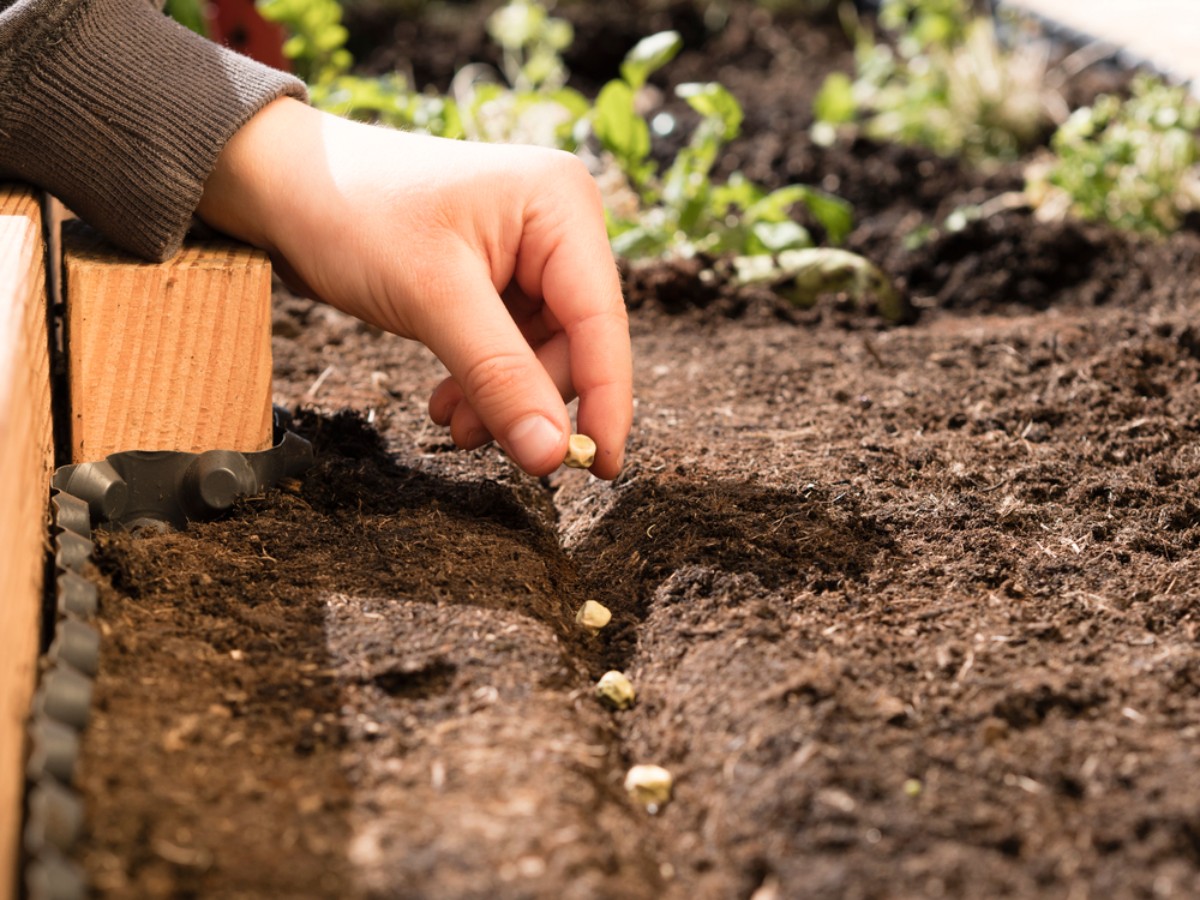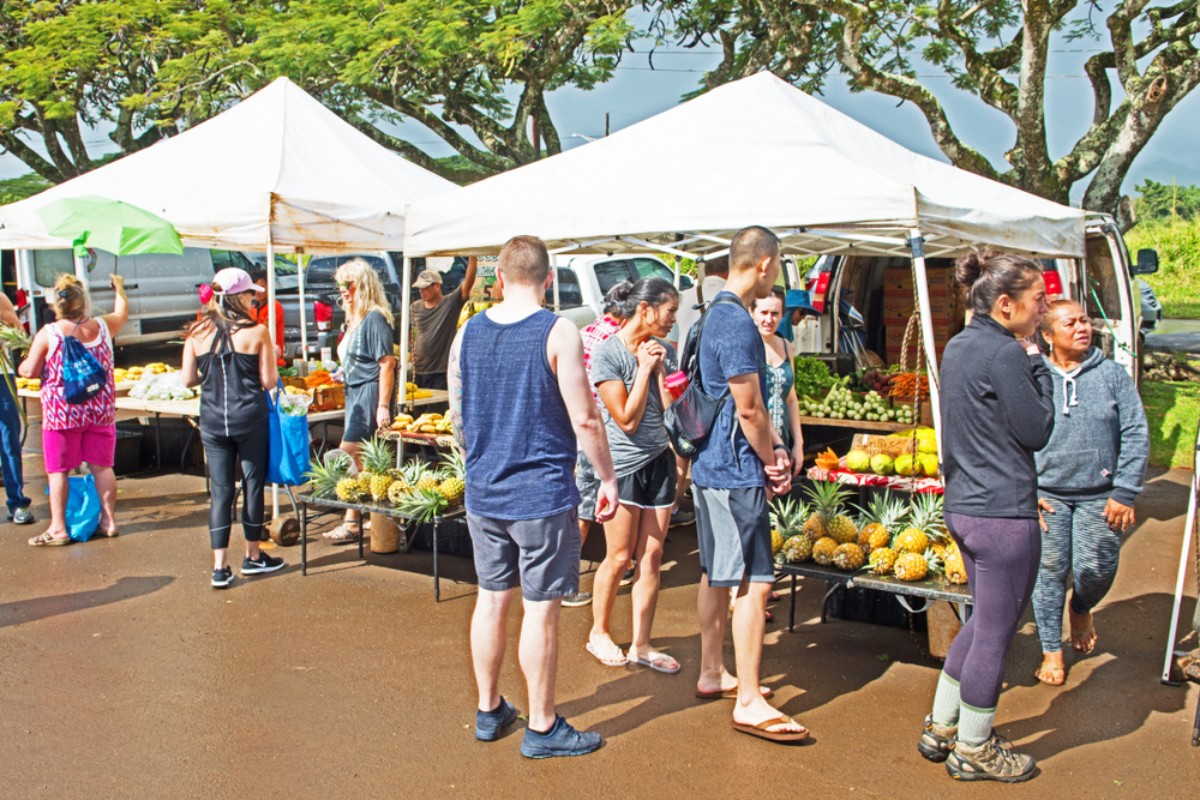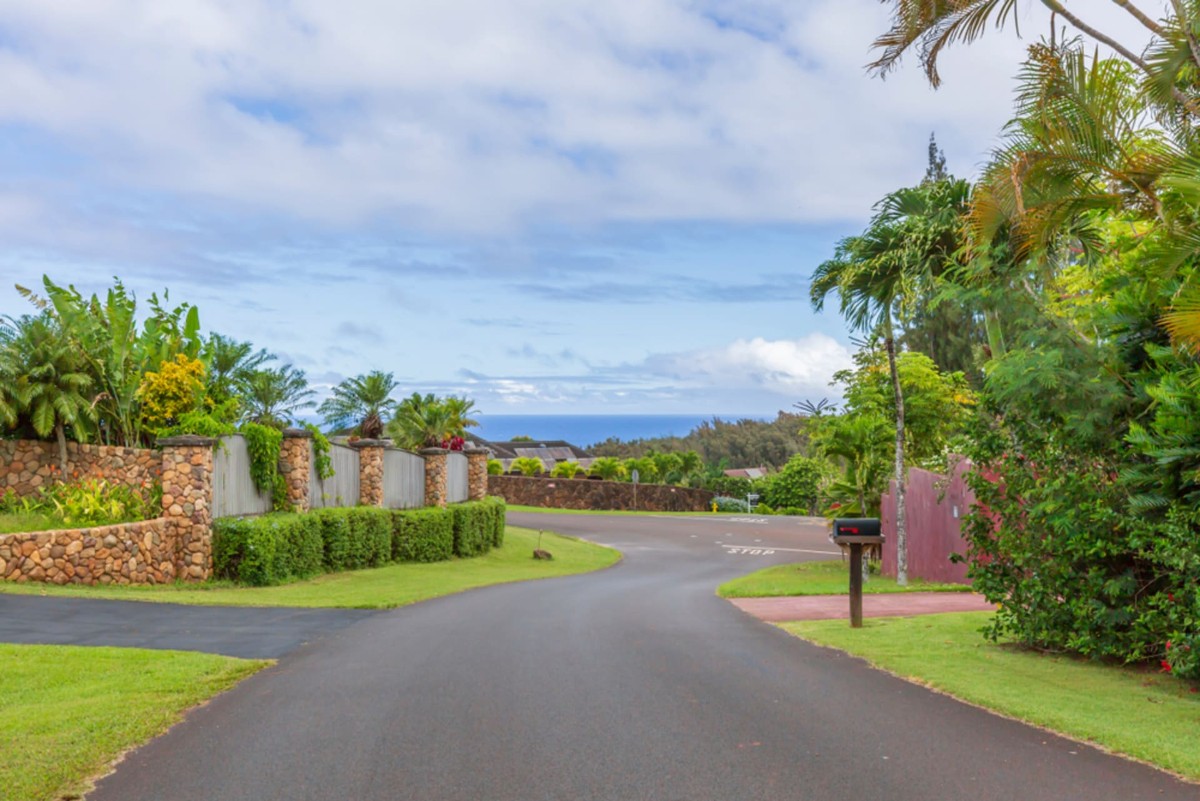Vertical farming refers to the practice of growing crops in vertically stacked layers, often integrated into controlled-environment agriculture systems. This method can occur in various settings, including warehouses, greenhouses, and even repurposed buildings. Vertical farming utilizes advanced technologies such as hydroponics, aeroponics, and artificial lighting to create optimal growing conditions, making it possible to cultivate a wide variety of crops year-round, regardless of external climate conditions.
The Benefits of Vertical Farming
- Space Efficiency: Urban areas often face space constraints, making traditional farming methods challenging. Vertical farming maximizes the use of limited land by growing upward rather than outward, allowing for higher crop yields in smaller footprints.
- Sustainability: Vertical farms use significantly less water than traditional farming methods. Many systems recycle water, further minimizing waste. Additionally, by reducing transportation distances (growing food where it’s consumed), vertical farming can lower carbon emissions associated with food distribution.
- Food Security: With Hawaii relying heavily on imported food, vertical farming offers a way to enhance local food production. By growing food locally, communities can reduce dependency on imports, providing a more stable food supply.
- Reduced Pesticide Use: The controlled environment of vertical farms can minimize pest issues, allowing for organic farming practices and reducing the need for chemical pesticides, leading to healthier food options.
- Year-Round Production: Vertical farms can produce crops throughout the year, independent of seasonal changes. This consistency allows for a stable income for farmers and reliable access to fresh produce for consumers.
The Unique Context of Hawaii
Hawaii presents both opportunities and challenges for vertical farming. With its stunning natural beauty and rich agricultural history, the islands are also faced with issues like land scarcity, climate change, and reliance on imports. Vertical farming can address these challenges by leveraging technology and innovative practices to create sustainable agricultural systems.
Challenges Facing Traditional Agriculture in Hawaii
- Limited Arable Land: Hawaii’s topography is characterized by mountains, valleys, and coastal areas, which limits the amount of flat, arable land available for traditional farming. Urbanization further exacerbates this issue, as land is increasingly developed for housing and infrastructure.
- Dependency on Imports: Approximately 85% of the food consumed in Hawaii is imported, making the state vulnerable to disruptions in the supply chain. Vertical farming presents a way to increase local production and enhance food security.
- Climate Vulnerability: Hawaii’s agriculture is vulnerable to climate change impacts, including rising temperatures, changing rainfall patterns, and extreme weather events. Vertical farming’s controlled environments can mitigate some of these risks.
The Rise of Vertical Farming in Urban Hawaii
Urban areas in Hawaii, particularly Honolulu, are witnessing a growing interest in vertical farming. Innovative entrepreneurs, local farmers, and community organizations are exploring this method as a viable way to enhance local food production and sustainability. Here are some notable examples and trends:
Community Initiatives
Community-supported agriculture (CSA) programs and urban gardens are incorporating vertical farming techniques to maximize yield and engage local residents. These initiatives often focus on educating the community about sustainable practices and providing fresh produce to neighborhoods.
Educational Institutions

Hawaiian universities and colleges are investing in research and programs focused on vertical farming. By fostering partnerships between academia and local businesses, they aim to develop new technologies and techniques that can be implemented in urban settings.
Startups and Innovation
A number of startups in Hawaii are pioneering vertical farming ventures. These businesses leverage cutting-edge technologies to create systems that are tailored to the unique conditions of the islands. From hydroponic farms that grow lettuce and herbs to aquaponic systems that raise fish alongside crops, these enterprises are diversifying the local food landscape.
The Future of Vertical Farming in Hawaii
As the trend of vertical farming continues to gain momentum, several factors will shape its future in Hawaii:
Policy Support
Government policies that encourage sustainable agriculture, support local food production, and provide incentives for vertical farming initiatives will play a crucial role in the industry’s growth. Collaborations between state agencies, local governments, and private enterprises can create a conducive environment for innovation.
Community Engagement
For vertical farming to succeed, community involvement is vital. Education and outreach programs that inform residents about the benefits of local food production can foster a culture of sustainability. Encouraging participation in urban farming initiatives can help build a stronger sense of community and support for local agriculture.
Technological Advancements
As technology continues to evolve, vertical farming systems will become more efficient and accessible. Innovations in automation, monitoring systems, and energy efficiency will enhance the viability of vertical farms in urban areas.
Market Demand

Consumer demand for fresh, locally grown produce is on the rise. As awareness of the benefits of vertical farming grows, urban Hawaiian properties that incorporate these practices may see increased interest from buyers and renters seeking sustainable living options.
Vertical farming represents a transformative opportunity for urban Hawaiian properties, addressing pressing issues such as food security, sustainability, and land use. By embracing this innovative agricultural method, Hawaii can cultivate a new era of local food production that benefits communities, preserves the environment, and enhances the islands’ unique character. As the trend continues to evolve, it holds the potential to redefine the relationship between urban living and agriculture, creating a more resilient and sustainable future for all.


